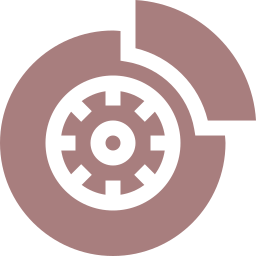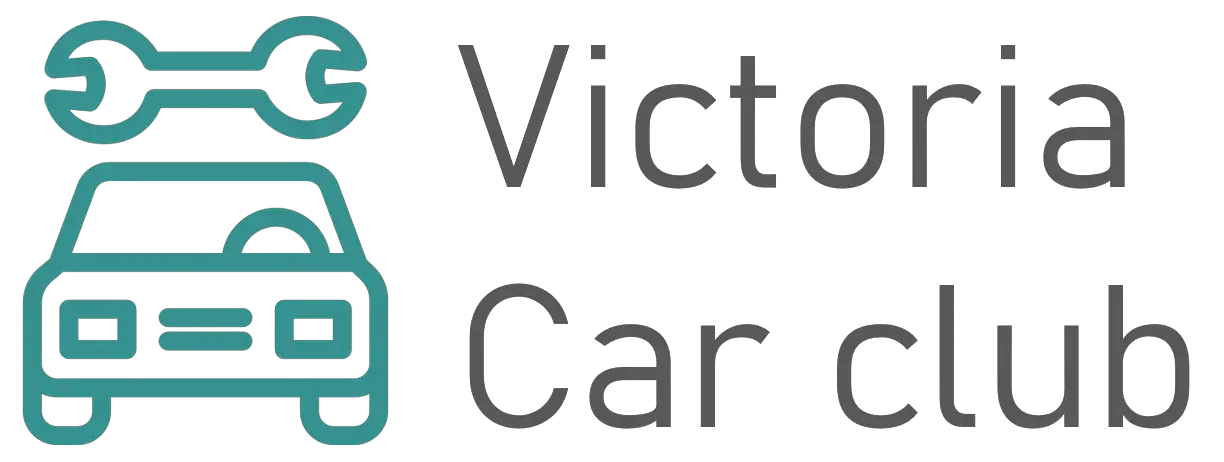The safety of a motor vehicle is paramount. Whether or not the Hyundai Bayon are financial holes, certain routine service actions are crucial. Today we will explain to you when to replace the brake discs of your Hyundai Bayon? To do this, to begin with, we will see what the brake discs of your car are used for, then, when to replace the brake discs of your Hyundai Bayon, and, finally, how to replace them with new ones.

Benefit of the brake discs of a Hyundai Bayon
We start our article content by explaining what the brake discs of a Hyundai Bayon are used for, it will enable you to discover why it is necessary to be certain that they are constantly in good functioning conditions.
Brake discs are the main component of your braking system. In actual fact, braking on an Hyundai Bayon is hydraulic, it is a system of hoses and pressurized oil that will come into action when you press your brake pedal. This pressure will actuate a piston that will push the brake pads on your brake disc which is attached to your wheel. When the brake pads will pinch the discs which will trigger your Hyundai Bayon to brake.
When to replace the brake discs of a Hyundai Bayon?
We will now proceed to the part that undoubtedly attracts you to this content, namely, when changing the brake discs of a Hyundai Bayon? How we revealed it to you just before, the brake discs and pads work in osmosis, however these two elements are wearing parts and they will, after some time and specifically the friction when braking wears out and loses braking power. We will now highlight the different techniques to know when to replace them:
- We consider that generally speaking the brake discs should be changed every 80, 000 – 100, 000 km on a Hyundai Bayon , however it is necessary to know that according to your driving style and the type of journey this can change considerably. In truth, if you specifically drive on the motorway and your brakes are only slightly used, this value can increase, in contrast, if you only drive in built-up areas, it can reduce.
- A simple and successful method to find out the condition of the brake discs on your motor vehicle is during the technical inspection. In truth this thorough control checks the state of your brakes and the controller will tell you if they are in good condition or need to be changed.
- A basic visual method to know when to replace the brake discs on your Hyundai Bayon is to remove the wheels after the car has been set on stands. Once taken off, you will have the ability to access your discs and check their condition. If they have any big scratches or deformations you will have to replace them. Otherwise the second indicator to check is to measure the depth of the disk in relation to its edge, if this value exceeds 1 mm you will have to change them by new ones.
.
How to replace the brake discs on your Hyundai Bayon?
Finally, to end this content we will fairly quickly explain how to replace the brake discs of your Hyundai Bayon. You must know that if you replace the brake discs of your motor vehicle, you will absolutely have to change the brake pads of your Hyundai Bayon, don’t think twice to consult our content which explains you how to make this replace.
As far as changing discs is concerned, here are the main steps to follow:
- Put your Hyundai Bayon on stands, take off the wheels you want to action on.
- Using a large flat screwdriver, pry on your brake pads to compress the caliper piston as much as possible and have enough play to produce all your changes.
- Using large Torx bits, take out the two nuts that lock the upper component of your brake caliper, take out it.
- Remove your brake pads, then unlock your brake discs thanks to the two torx screws on the side of the disc, you might need a mallet to remove the discs.
- Replace the discs and tighten them with the new torx screws provided, replace your pads, reassemble the upper component of the caliper and tighten everything tightly.
- Mounting your wheels, and make sure to do a 500-kilometer brake break-in before braking hard.
If you want more tutorials on the Hyundai Bayon, go to our Hyundai Bayon category.

